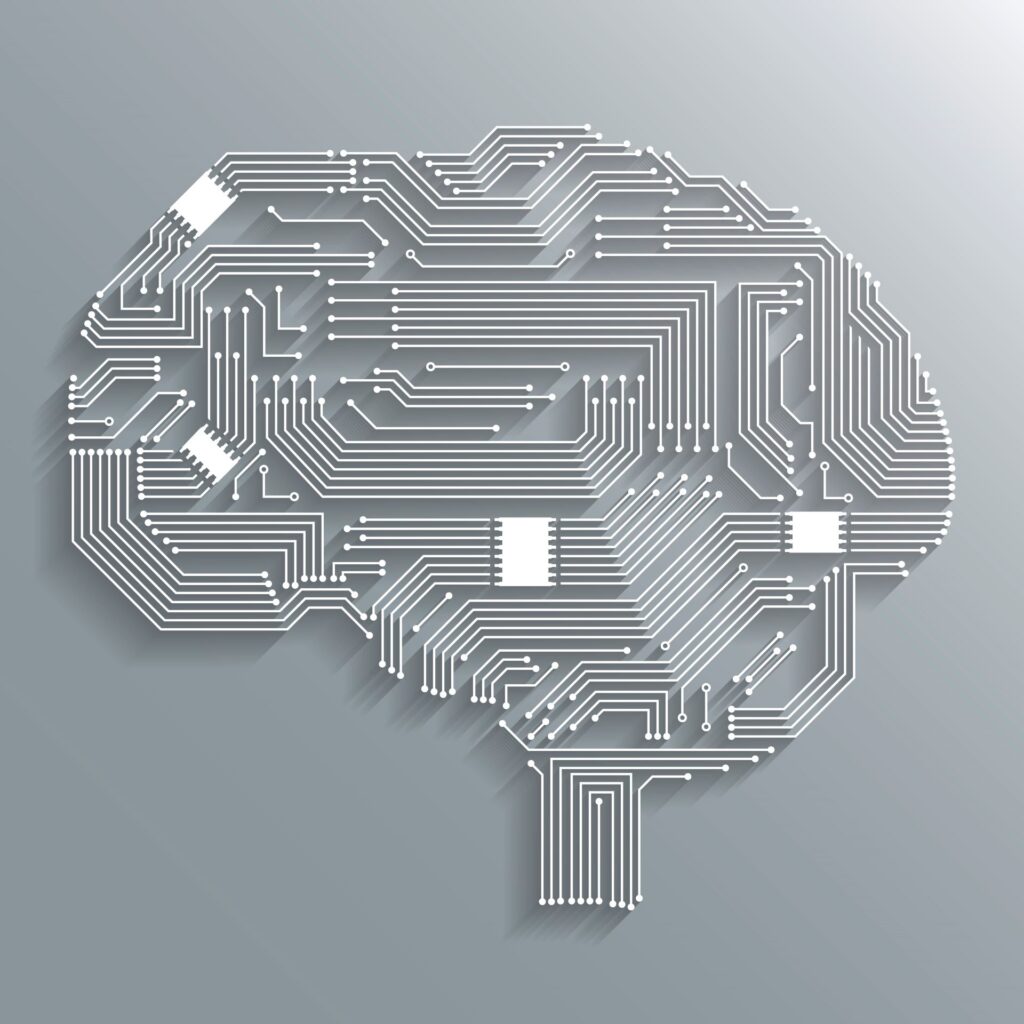

One of the most significant impacts of AI on user experience is its ability to deliver personalised interactions at scale. By leveraging machine learning algorithms, businesses can analyse vast amounts of user data to understand preferences, behaviours, and trends.
This allows them to tailor experiences in real-time, providing users with relevant content, recommendations, and suggestions that resonate with their interests.


AI-powered chatbots and virtual assistants are transforming the way users engage with businesses.
These intelligent systems can handle customer inquiries, provide support, and guide users through complex processes with ease.
By incorporating natural language processing (NLP) and machine learning, chatbots can understand user intent and respond intelligently, enhancing the overall user experience.
AI-driven predictive analytics is enabling businesses to anticipate user needs and behavior with unprecedented accuracy. By analysing historical data and identifying patterns, businesses can forecast user actions, preferences, and trends.
This allows them to proactively tailor experiences, optimize workflows, and mitigate potential issues before they arise, ultimately improving user satisfaction and loyalty.

Advancements in AI-powered visual and voice recognition technologies are revolutionising the way users interact with digital interfaces.
From facial recognition for authentication to voice commands for navigation, these capabilities offer more intuitive and natural ways for users to engage with technology.
This not only enhances accessibility but also simplifies the user experience, making it more seamless and user-friendly.
AI-driven automation is streamlining the process of delivering personalised experiences across various touchpoints.
By automating tasks such as content curation, email marketing, and product recommendations, businesses can deliver relevant and timely messages to users without manual intervention.
This not only saves time and resources but also ensures consistency and accuracy in personalised interactions.

AI is playing a transformative role in shaping the future of user experience. By harnessing the power of AI technologies such as machine learning, natural language processing, and predictive analytics, businesses can create more engaging, personalized, and intuitive experiences for their users.
As AI continues to evolve, it will undoubtedly drive further innovation and revolutionise the way we interact with technology in the years to come.
Pages
Pages